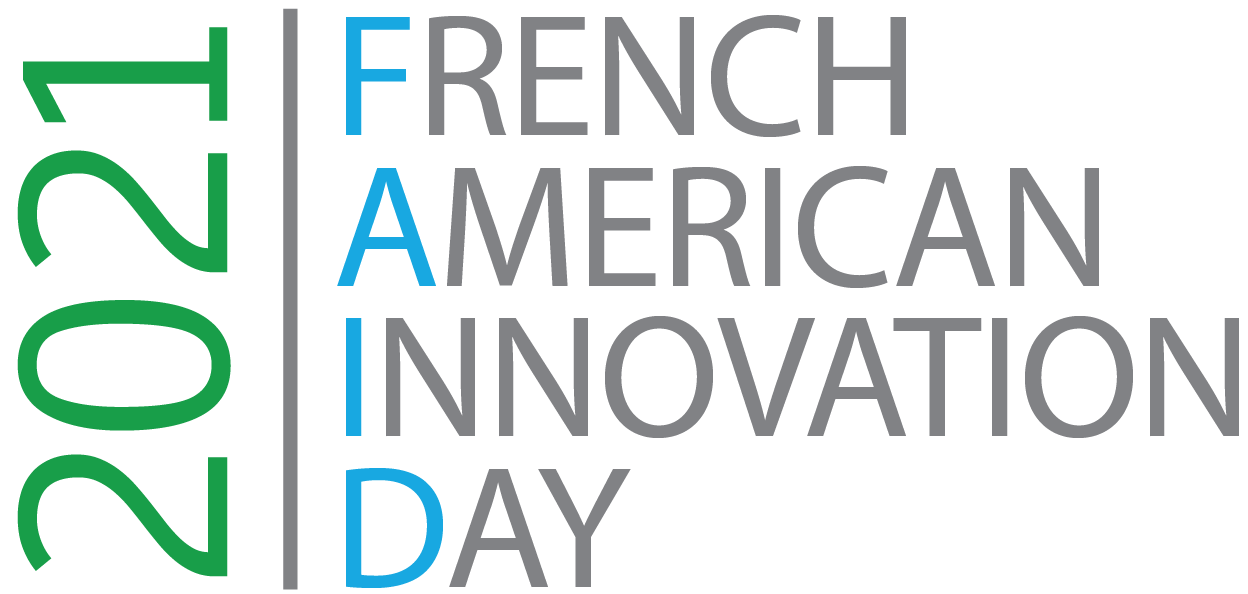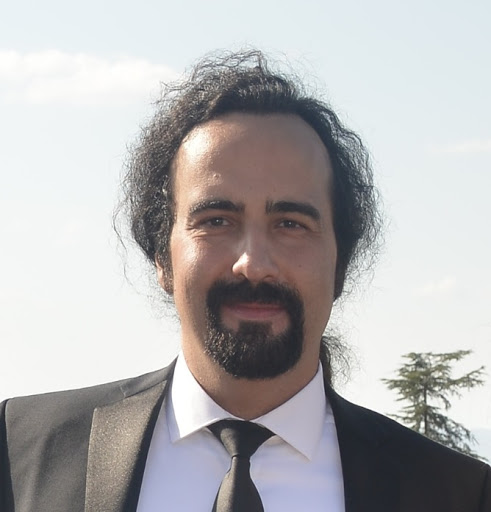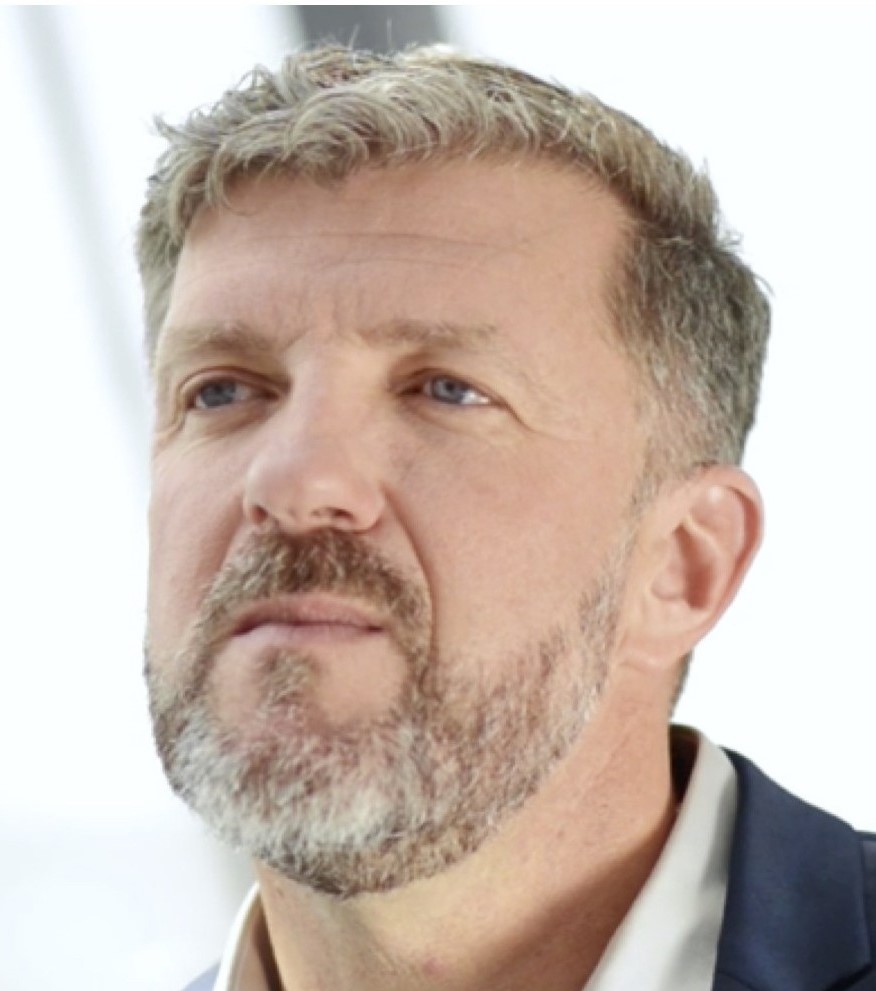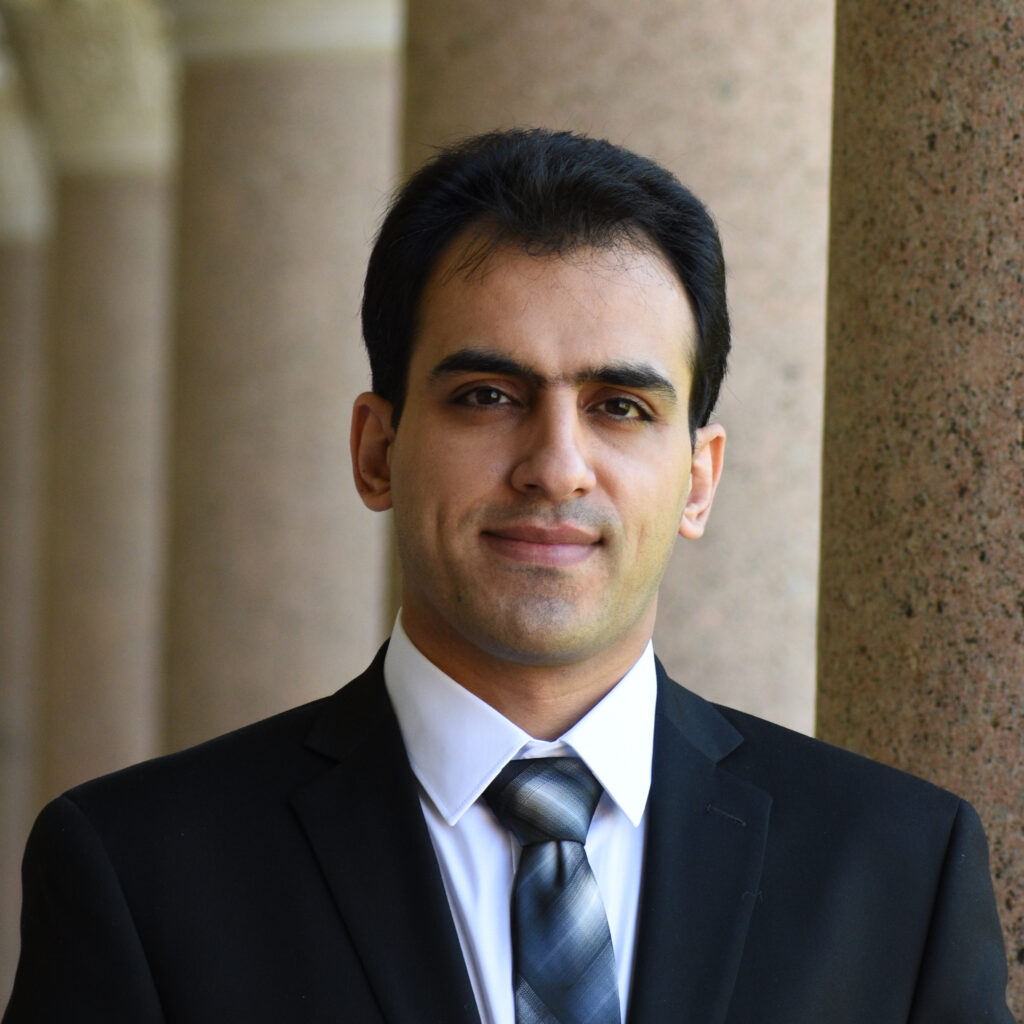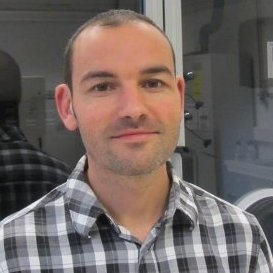Introduction and moderation
Juliana Garaizar, Head of Houston Incubator and VP of Innovation for Greentown Labs, Houston, TX, USA
Speakers
Alper Erturk, Woodruff Professor of Mechanical Engineering at Georgia Tech. Georgia Tech, USA
Energy harvesting from vibrations, elastic/acoustic waves, and fluid-structure interactions
Research efforts in the domain of energy harvesting for low-power devices aim to enable self- powered systems, such as wireless sensor networks and wearable electronic components, toward minimizing the maintenance costs and chemical waste of using conventional batteries. This talk will review our recent investigations on energy harvesting from dynamical systems by using piezoelectric conversion. Various sources of energy will be considered, such as vibrational/kinetic energy, elastic and acoustic waves, and fluid flow. We will discuss how to exploit nonlinear dynamics to create wideband energy harvesters and overcome the frequency bandwidth limitation of linear harvesters. Metamaterial and phononic crystal concepts and their leveraging in the harvesting of structure-borne and air-borne waves will also be shown with demonstrations. Examples will then be given on the harvesting of aeroelastic and hydroelastic vibrations by means of piezoelectric structures that are excited under fluid flow. Energy harvesting from limit cycle oscillations under imposed axial air flow will be presented. Underwater vortex-induced vibration energy harvesting will also be addressed with an example on a multifunctional bio-inspired piezoelectric robotic fish excited by water flow in the wake of a bluff body.
Laurent Billon, Professor at University of Pau, France
Hydrogen production by artificial photosynthesis
Climate change resulting from accumulation of anthropogenic carbon dioxide in the atmosphere and the uncertainty in the amount of recoverable fossil fuel reserves are driving forces for the development of renewable, carbon-neutral energy technologies. Artificial photosynthesis appears to be an appealing approach for a sustainable energy generation because it produces “solar fuels” or commodities for chemistry in a stable and storable chemical form, from solar energy, H2O and CO2.
The eSCALED project is a contribution to structure early-stage research training at the European level and strengthen European innovation capacity to elaborate an artificial leaf. Combining in a unique device a solar cell and a bioinspired electrochemical stack where H2O oxidation and H2 evolution or CO2 reduction are performed in nano/micro-reactors.
The novelties in this project are at two levels: (1) Developing sustainable joint doctoral degree structure based on inter/multidisciplinary aspects of biological/biochemical, condensed, inorganic & soft matter to device engineering and innovation development. (2) Scientifically using, cheap and easy processes tandem organic solar cells, earth-abundant materials for water splitting, new generation of catalysts and natural/artificial hydrogenase enzymes for hydrogen production, new catalytic carbon dioxide reduction, new proton-exchange fluorinated membranes and finally, electrode micro porosity to mimic the chloroplasts of a plant. The eSCALED collaborative project brings together for the first time, 12 internationally recognized research groups. The project has an interdisciplinary scientific approach integrating the latest knowledge on catalysis, photovoltaic and polymer chemistry for self-structuration. The results of the project will lead to breakthroughs for further development of artificial photosynthetic leaf as a photoelectrochemical device.
Hossein Robatjazi, Adjunct Professor at Rice University, USA
Light-driven heterogeneous catalysis with supported optically active metal nanoparticles has created exciting opportunities for overcoming the energy demands and carbon emissions in traditional petroleum-based thermal catalysis. Light-matter interactions can enable chemical reactions to proceed at substantially milder operating conditions under illumination, promoting reaction rates beyond that of purely thermal catalysis and unlocking reactivity channels with enhanced reactivity, selectivity, or stability that cannot be accessed only by thermal means. This talk will discuss various aspects of heterogeneous photocatalysis, from fundamental mechanisms that give rise to photon-induced (modified) chemical reactivity on nanoparticle surfaces to the design of tailored visible-light-driven photocatalysts for high-value chemical reactions. The potential of this technology for sustainable chemical and fuel manufacturing in industrially relevant scale based on Syzygy Plasmonics’ high throughput photoreactor platforms will be demonstrated.
Aditya Mohite, Professor, Rice University, USA
Stéphane Cros, Research Engineer, INES-CEA, France
High energy efficiency perovskite based solar cells
Over the past decade, the power conversion efficiency of lead halide perovskite based solar cells has increased at an unprecedented rate such that it is now over 25 % for single junction and 29 % for tandem with silicon. In this talk, after a general introduction of the perovskite photovoltaic (PV) principles, I will introduce different PV applications including Perovksite materials. These developments are done in CEA laboratories located in the national institute for solar energy (INES), in the French alps. The technologies we develop are suitable for different uses, demonstrating the versatility of Perovskite materials. I will introduce Silicon/Perovskite tandem solar cells for grid-on applications, single junction flexible cells for building integrated PV (developed in the framework of the European project Apolo), space applications, energy harvesting of IoT objects and energy supply of solar fuel systems.
Urban & renewable energy producers
Unéole proposes a new mixed production floor including urban wind turbines covered with a photovoltaic rooftop. Unéole realises energy studies before each renewable energy production project in order to verify its interest and control its profitability. These studies allow us to identify the most interesting installation areas.
